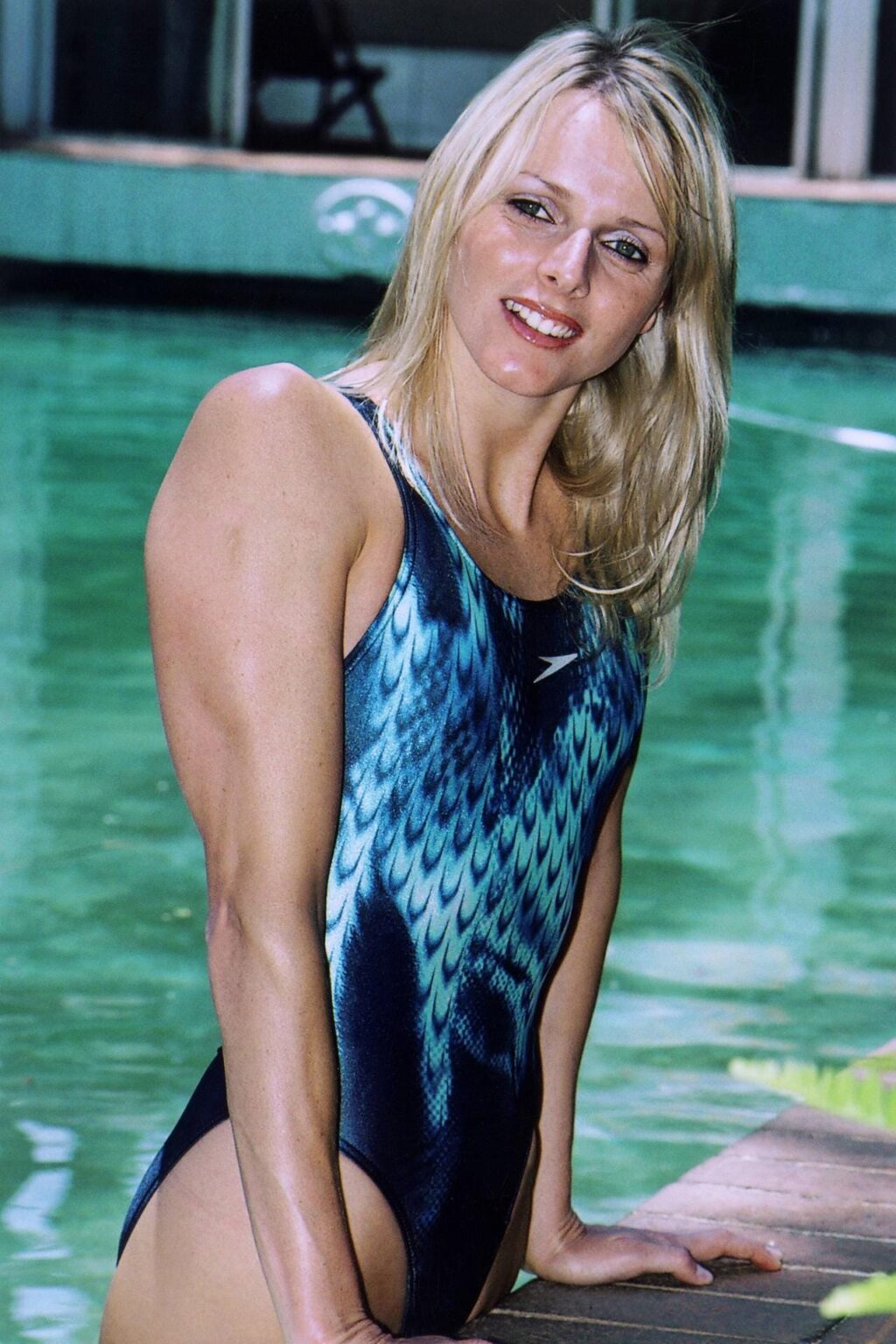
Introduction
Charlene Wittstock, a former South African swimmer and the current Princess of Monaco, has captured public attention since her marriage to Prince Albert II in 2011. Her journey from an Olympic athlete to a member of one of the world’s most prestigious royal families highlights the fascinating interplay between sports, culture, and royal duties. As the world watches her contributions to various causes and her role in Monaco’s royal family, her life continues to inspire many around the globe.
Early Life and Athletic Career
Born on January 25, 1978, in Bulawayo, Zimbabwe, Charlene entered the world of competitive swimming at an early age. She enjoyed success in local competitions, which eventually led her to represent South Africa in international events.
Wittstock made significant strides in her swimming career, competing at the 2000 Sydney Olympics. Though not winning a medal, her dedication and talent were evident. Today, she actively promotes sports, health, and youth empowerment, using her status to encourage children to participate in athletics.
Transition to Royal Life
Charlene’s life changed dramatically after she met Prince Albert II during a sporting event in Monaco in 2000. Their relationship soon blossomed, leading to engagement in 2010. Their wedding on July 2, 2011, drew significant media attention, showcasing her transformation into Princess Charlene.
As Princess, she has focused on charitable ventures, particularly emphasizing health and prevention. Her foundation, the Princess Charlene of Monaco Foundation, primarily targets drowning prevention and has initiated various programs in multiple countries to ensure water safety for children.
Public Image and Recent Developments
In recent years, Princess Charlene’s health issues have brought her into the news, sparking concern among royal watchers and the public. After undergoing a series of medical treatments, her re-emergence at official events has been eagerly anticipated.
Despite these challenges, Charlene remains committed to her royal duties and continues working on the projects associated with her foundation. Moreover, her role as a mother to twins, Jacques and Gabriella, is evident as she balances her royal duties with family life.
Conclusion
Charlene Wittstock’s story is one of resilience, adaptability, and dedication. From her roots as an athlete to her role as a global ambassador for youth and safety, she continues to make her mark in various fields. As health issues have tested her, the response from the public underscores her significance as a modern royal figure. Ongoing public interest indicates that Charlene will remain an important symbol of grace and strength in Monaco and beyond.



